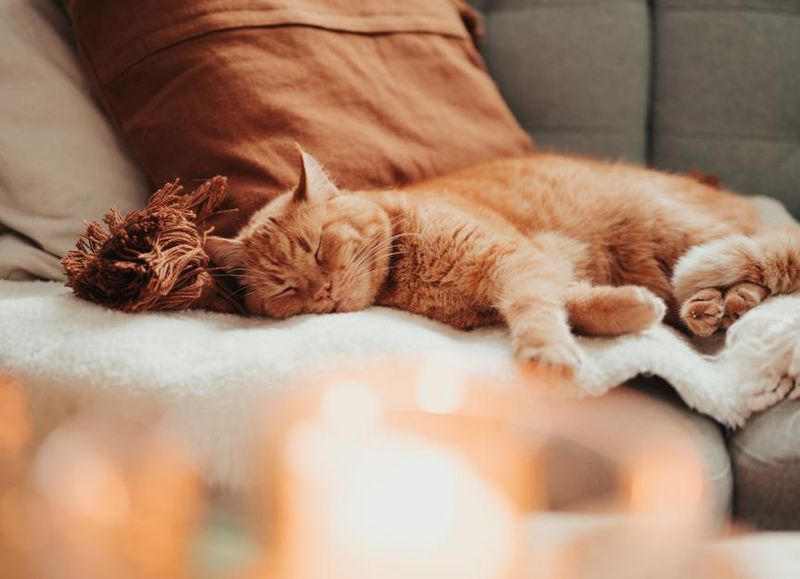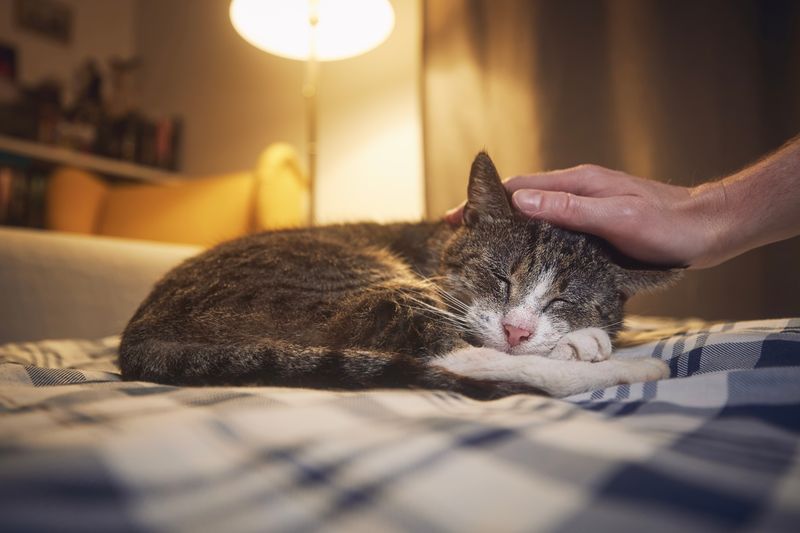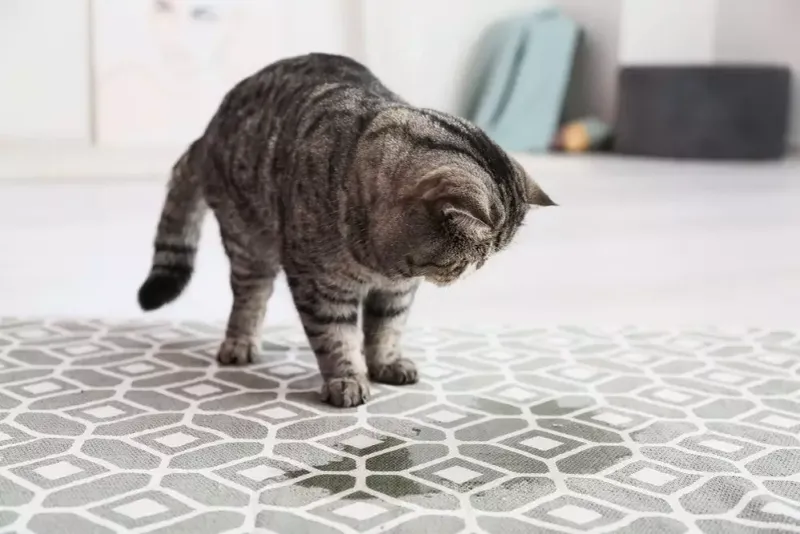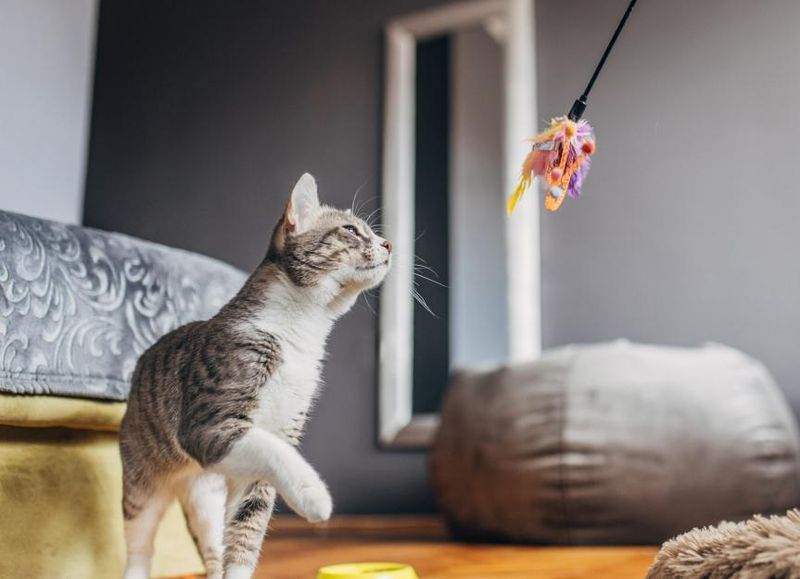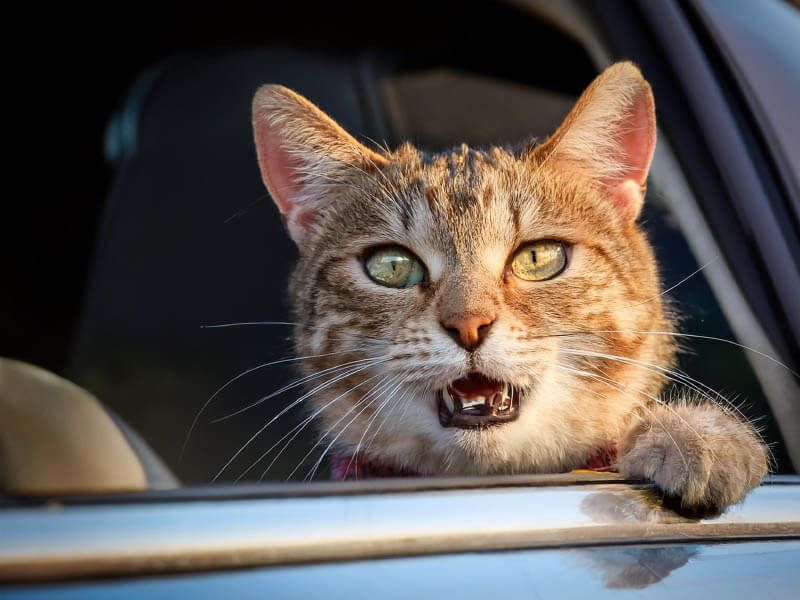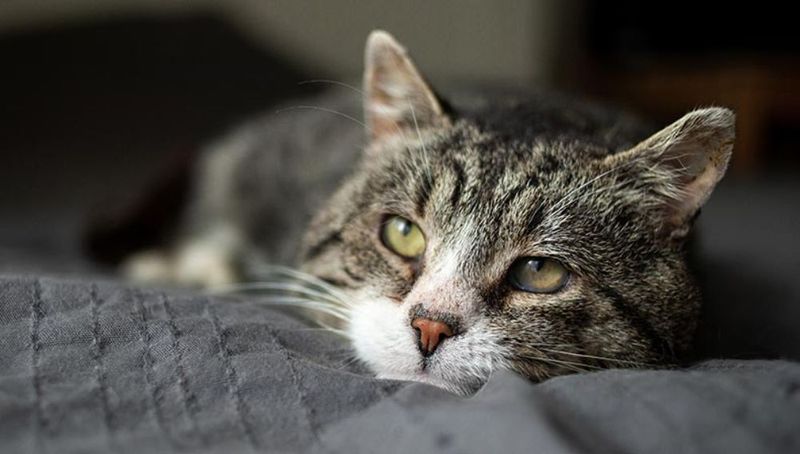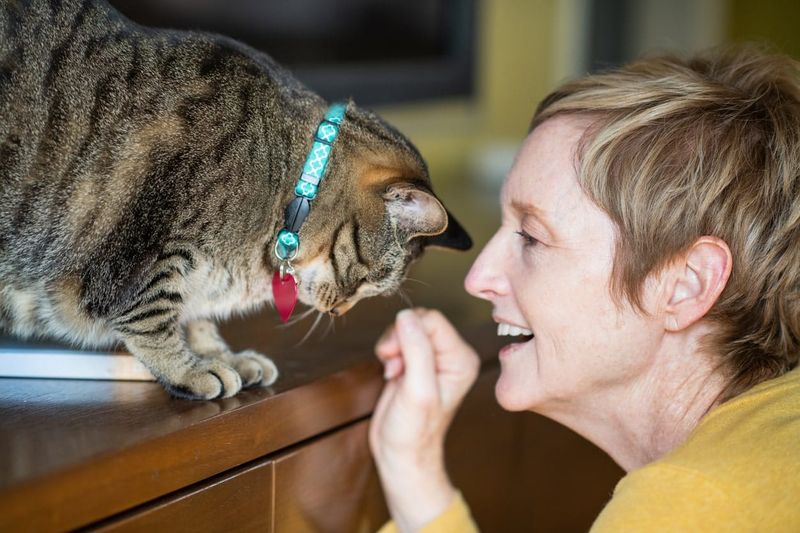📖 Table of Content:
As cats grow older, subtle behavioral shifts often emerge that may puzzle even seasoned pet owners. While aging naturally brings changes in sleep, activity, and social interaction, some signs go beyond the expected and may point toward a condition known as Feline Cognitive Dysfunction (FCD). Comparable to dementia in humans, FCD affects brain function and can significantly alter a cat’s daily behavior and quality of life.
Often dismissed as “just getting old,” these changes are early warnings of deeper neurological shifts that deserve attention. With FCD, brain aging leads to disorientation, memory loss, and reduced problem-solving skills in felines. Recognizing these symptoms early allows caregivers to adjust routines, enrich environments, and consult veterinarians for tailored care strategies that can slow the decline and enhance comfort.
This article outlines ten early signs of cognitive dysfunction in cats, providing a detailed look at each symptom along with practical tips for managing the changes. These signs are not always obvious at first, and they often progress gradually, making awareness key to early intervention. By understanding how FCD manifests, cat owners can better support their companions through their golden years.
1. Disorientation or Confusion
Cats experiencing disorientation may wander aimlessly, get “stuck” in corners, or appear unsure of familiar spaces. Instead of confidently navigating their environment, they might pause frequently, seem unsure of where to go, or become startled by ordinary things. It’s not uncommon for affected cats to forget the location of their food bowl or litter box. These behaviors indicate a decline in spatial awareness, one of the early hallmarks of cognitive dysfunction. Pet owners might notice their cats staring blankly at walls or meowing at nothing. Such actions can be distressing for both the animal and the caregiver. Providing a stable environment with few changes can help reduce confusion and stress.
2. Altered Sleep-Wake Cycles
Unlike younger cats with predictable patterns, those with FCD often reverse their sleep-wake cycles. They may sleep extensively during the day and become unusually active or vocal during nighttime hours. This disruption can interfere with household rest and may also be a sign of internal disorientation. Nocturnal yowling, pacing, or scratching at doors is commonly reported by owners of aging cats. These behaviors are often tied to confusion and anxiety after dark. Installing soft nightlights and maintaining a consistent evening routine can help reduce nighttime agitation. Seeking veterinary advice may also uncover underlying discomfort or pain contributing to the issue.
3. Changes in Social Behavior
Social withdrawal or sudden clinginess may replace a cat’s usual interaction habits. For example, an independent cat might begin following you from room to room, or an affectionate one may suddenly shy away from contact. These changes often confuse pet owners who assume the cat is merely moody or irritable. The shift typically stems from anxiety or a reduced ability to process social cues. Cognitive dysfunction alters how cats recognize familiar people and routines. In some cases, the cat may even fail to respond to its name or familiar voices. Patience and gentle handling are essential to maintaining trust and comfort during these episodes.
4. Inappropriate Elimination
Cats with cognitive decline may begin urinating or defecating outside the litter box despite being well-trained. This behavior often results from forgetfulness, difficulty locating the box, or a failure to recognize what the box is for. Accidents are sometimes misattributed to spite or laziness, but they usually indicate confusion. Households with multiple floors or large spaces can be particularly challenging for older cats to navigate. In response, placing additional litter boxes in commonly used areas can improve accessibility. Ensuring these boxes are easy to enter and exit is also helpful. Clean-up should be immediate and without punishment to avoid increasing the cat’s anxiety.
5. Reduced Activity or Interest in Play
Activity levels may decline gradually, with cats showing less interest in toys, climbing, or exploring their environment. Where once a string toy or laser pointer sparked excitement, now there may be barely a flick of the tail. This reduced curiosity isn’t just about energy—it often stems from cognitive fatigue or confusion. Mental engagement becomes harder for cats with cognitive dysfunction, so previously enjoyable experiences may lose appeal. Caregivers might assume the cat is simply tired or “slowing down,” but mental decline is a more likely explanation. To counteract this, owners can introduce gentle, low-effort play sessions tailored to the cat’s comfort level. Short, daily enrichment activities can go a long way in preserving mental function.
6. Anxiety or Agitation
Heightened anxiety is a frequent symptom, often manifesting as restlessness, excessive vocalization, or pacing. These behaviors may intensify during periods of solitude or environmental change. Cats that previously tolerated guests or noise may now hide or become aggressive. As the brain struggles to process stimuli, the animal may feel perpetually unsure or threatened. Owners sometimes describe their cat as appearing “on edge” without obvious cause. Creating safe spaces with soft bedding and minimal noise can ease these responses. Consistency and calm human interactions provide the reassurance they need.
7. Memory Loss
Forgetfulness might be one of the more heartbreaking symptoms, as cats fail to recognize family members or forget routines they once followed religiously. Your feline may skip meals, stop responding to its name, or forget the route to its litter box. Even the location of favorite napping spots may become confusing. These memory lapses reflect deterioration in brain areas tied to recognition and habit formation. Rather than punishing or correcting the behavior, gentle reminders and environmental cues can help. For instance, placing visual markers near feeding areas or doors can aid recognition. Keeping routines predictable reinforces memory patterns over time.
8. Decreased Responsiveness to Stimuli
A decline in responsiveness can be mistaken for hearing loss, but often stems from cognitive processing issues. Your cat might not react to sounds, names, or even physical touch with the usual alertness. Reduced interest in food cues or toys may also become evident. This dulled reaction is caused by a brain that’s slower to interpret or prioritize information. Rather than being lazy or aloof, the cat is often overwhelmed or disconnected from its environment. Owners should maintain a calm, non-startling presence when approaching or interacting. Using clear, consistent cues—like hand signals or light tapping—can still communicate intent effectively.
9. Difficulty Navigating Obstacles
Previously graceful movements may become hesitant or clumsy as cats struggle with spatial awareness. Missing jumps, bumping into furniture, or hesitating before climbing steps are typical signs. These issues stem from both mental confusion and deteriorating coordination. A cat with FCD may stare at a doorway before walking through or avoid narrow passages altogether. Rearranging furniture can worsen the confusion and increase the risk of injury. To aid mobility, create clear paths and avoid placing objects where your cat frequently walks. Ramps, steps, or soft landing zones can make navigation easier and safer.
10. Repetitive Behaviors
Compulsive or repetitive actions, like pacing in circles, licking the same area, or meowing without reason, often emerge with cognitive decline. These behaviors indicate both anxiety and neurological imbalance. They can last for minutes at a time and may recur throughout the day. Unlike normal grooming or vocalization, these actions serve no clear purpose and can seem obsessive. Such habits are distressing for cats and frustrating for their owners, who may not understand the cause. It’s important to redirect the behavior gently, using toys or comfort items rather than punishment. A vet may also recommend anti-anxiety treatments or supplements to help.

